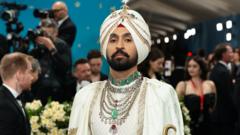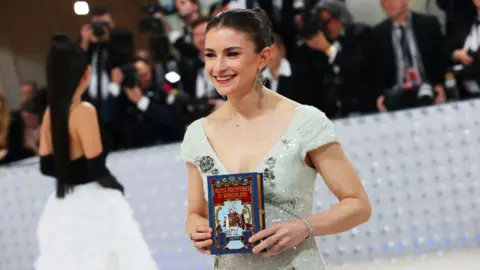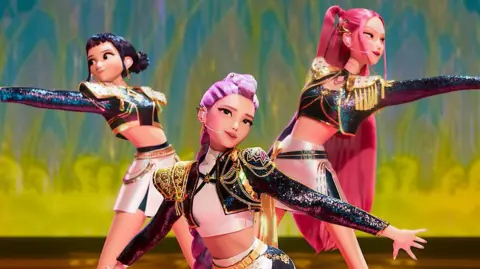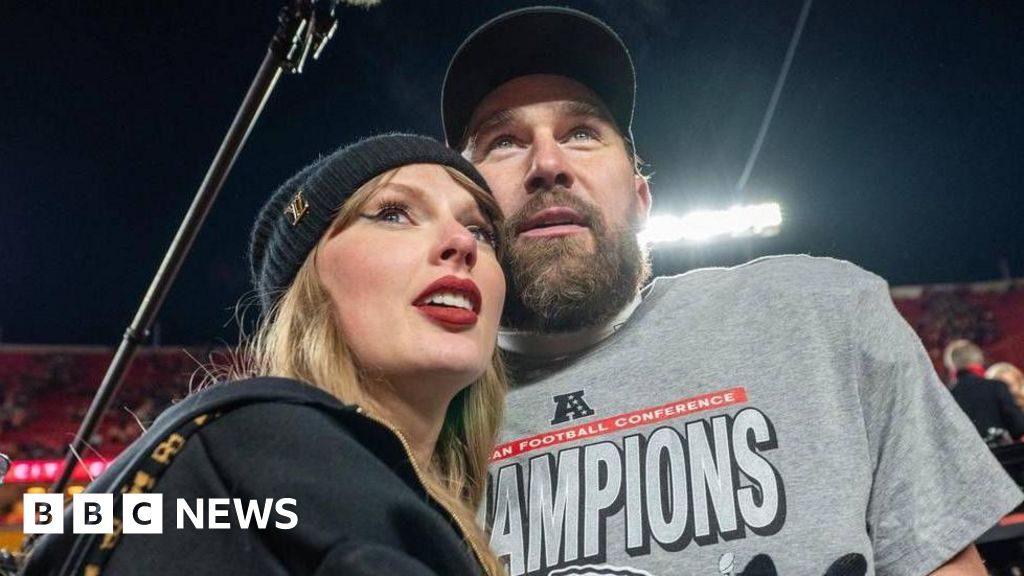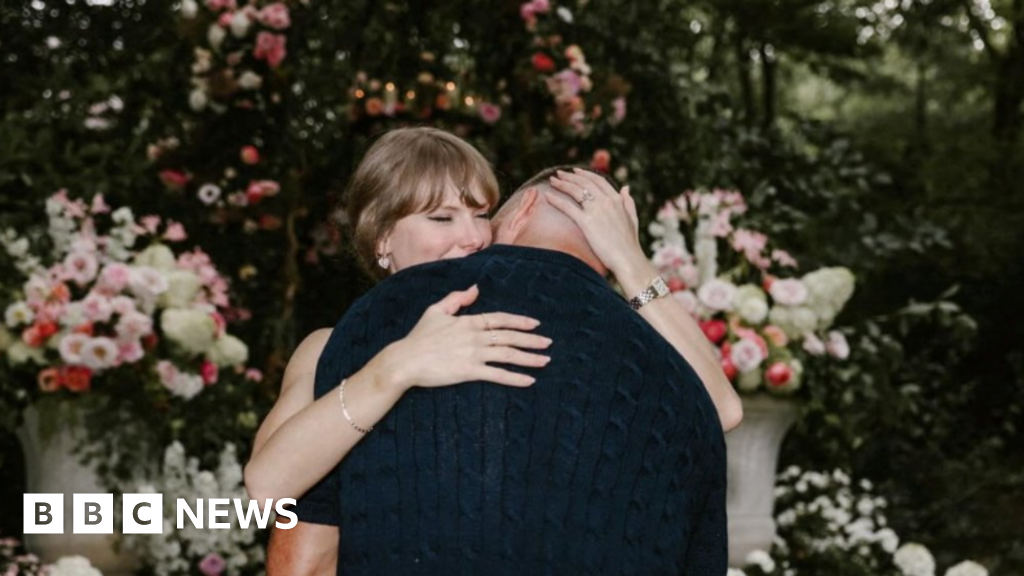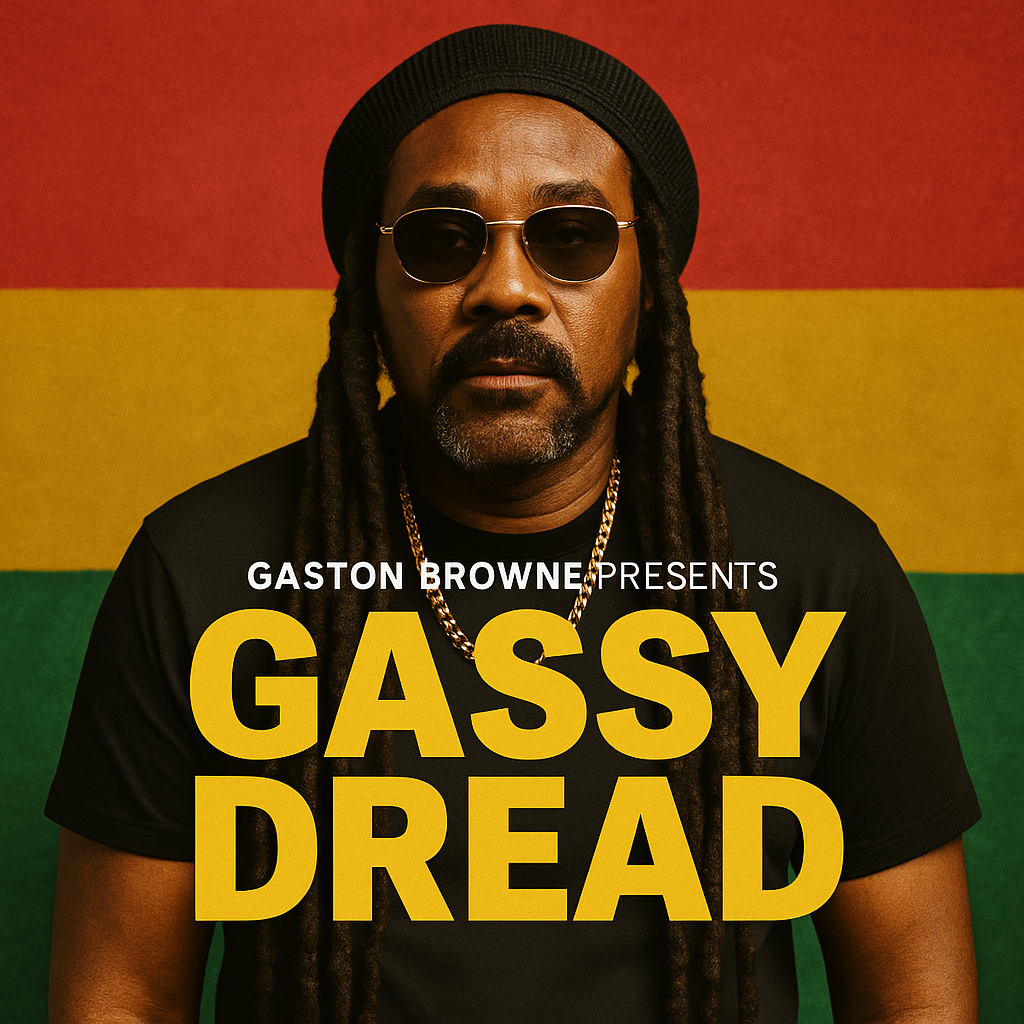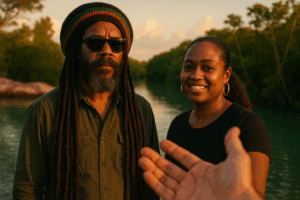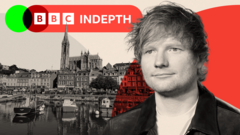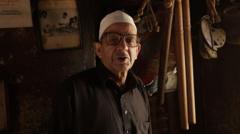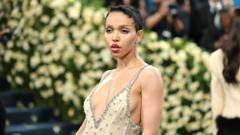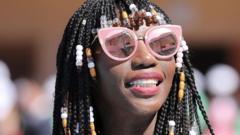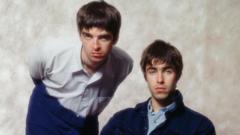Bhangra music, traditionally rooted in Punjabi culture, is experiencing a significant makeover, fueled by the global rise of Punjabi hip-hop artists. Leading this transformation is the renowned singer Diljit Dosanjh, who made headlines with his stunning Met Gala debut last month, embodying the grandeur of an early 20th Century maharajah. His lavish ensemble, designed by Prabal Gurung, featured an ivory and gold cape adorned with intricate embroidery and a feathered turban, captivating audiences worldwide.
Dosanjh's unique style, which blends hip-hop influences with traditional Punjabi attire, has inspired many within and beyond the Punjabi community. This eclectic mix includes chunky sneakers, anti-fit trousers, and vibrant turbans, creating a fashion movement that transcends borders. The influence is palpable; modern bhangra competitions now incorporate high-performance sneakers and casual crop tops, with international events showcasing a diverse range of styles.
Beyond Dosanjh, other artists like Jazzy B and Badshah are leaving their mark, boasting oversized rings and distinctive apparel that resonate with the youth. This collective impact of Punjabi musicians has elevated their style to a global platform, bridging the gap between traditional heritage and contemporary aesthetics. Cultural experts highlight that this evolution is rooted in the Western pop-culture experience, as many of these artists reside and perform in the West.
The rise of Punjabi music, characterized by vibrant energy and cultural references, has led to a broader acceptance of its fashion narrative. As the Punjabi diaspora expands, artists are adapting modern hip-hop beats to their rich cultural heritage, presenting themselves as innovative figures. This ongoing fusion of traditional and contemporary styles has resonated well with audiences, sparking aspirations among the youth in Punjab and beyond.
The embrace of luxury brands also symbolizes a shift in perception—a transformation from agricultural heritage to global consumerism. Celebrated singer Rabbi Shergill notes this change highlights how Punjabi identity has evolved, reflecting contemporary societal trends. This cultural shift has encouraged artists to retain their roots while exploring new avenues of self-expression, leading to a unique, androgynous fashion identity.
As local bhangra performances embrace modern attire—ranging from deconstructed clothing to trendy sneakers—a new generation of artists is redefining what it means to be Punjabi today. The influence extends into the overall style of young creatives in Punjab, who draw inspiration from their musical icons and incorporate them into their own fashion choices.
In a world where individuality and cultural identity are increasingly intertwined, the reinvention of Punjabi fashion through music is a powerful statement. It represents not only personal style but also a collective cultural signature that connects the past with the present, all while honoring the rich traditions of the Punjabi community.
Dosanjh's unique style, which blends hip-hop influences with traditional Punjabi attire, has inspired many within and beyond the Punjabi community. This eclectic mix includes chunky sneakers, anti-fit trousers, and vibrant turbans, creating a fashion movement that transcends borders. The influence is palpable; modern bhangra competitions now incorporate high-performance sneakers and casual crop tops, with international events showcasing a diverse range of styles.
Beyond Dosanjh, other artists like Jazzy B and Badshah are leaving their mark, boasting oversized rings and distinctive apparel that resonate with the youth. This collective impact of Punjabi musicians has elevated their style to a global platform, bridging the gap between traditional heritage and contemporary aesthetics. Cultural experts highlight that this evolution is rooted in the Western pop-culture experience, as many of these artists reside and perform in the West.
The rise of Punjabi music, characterized by vibrant energy and cultural references, has led to a broader acceptance of its fashion narrative. As the Punjabi diaspora expands, artists are adapting modern hip-hop beats to their rich cultural heritage, presenting themselves as innovative figures. This ongoing fusion of traditional and contemporary styles has resonated well with audiences, sparking aspirations among the youth in Punjab and beyond.
The embrace of luxury brands also symbolizes a shift in perception—a transformation from agricultural heritage to global consumerism. Celebrated singer Rabbi Shergill notes this change highlights how Punjabi identity has evolved, reflecting contemporary societal trends. This cultural shift has encouraged artists to retain their roots while exploring new avenues of self-expression, leading to a unique, androgynous fashion identity.
As local bhangra performances embrace modern attire—ranging from deconstructed clothing to trendy sneakers—a new generation of artists is redefining what it means to be Punjabi today. The influence extends into the overall style of young creatives in Punjab, who draw inspiration from their musical icons and incorporate them into their own fashion choices.
In a world where individuality and cultural identity are increasingly intertwined, the reinvention of Punjabi fashion through music is a powerful statement. It represents not only personal style but also a collective cultural signature that connects the past with the present, all while honoring the rich traditions of the Punjabi community.

